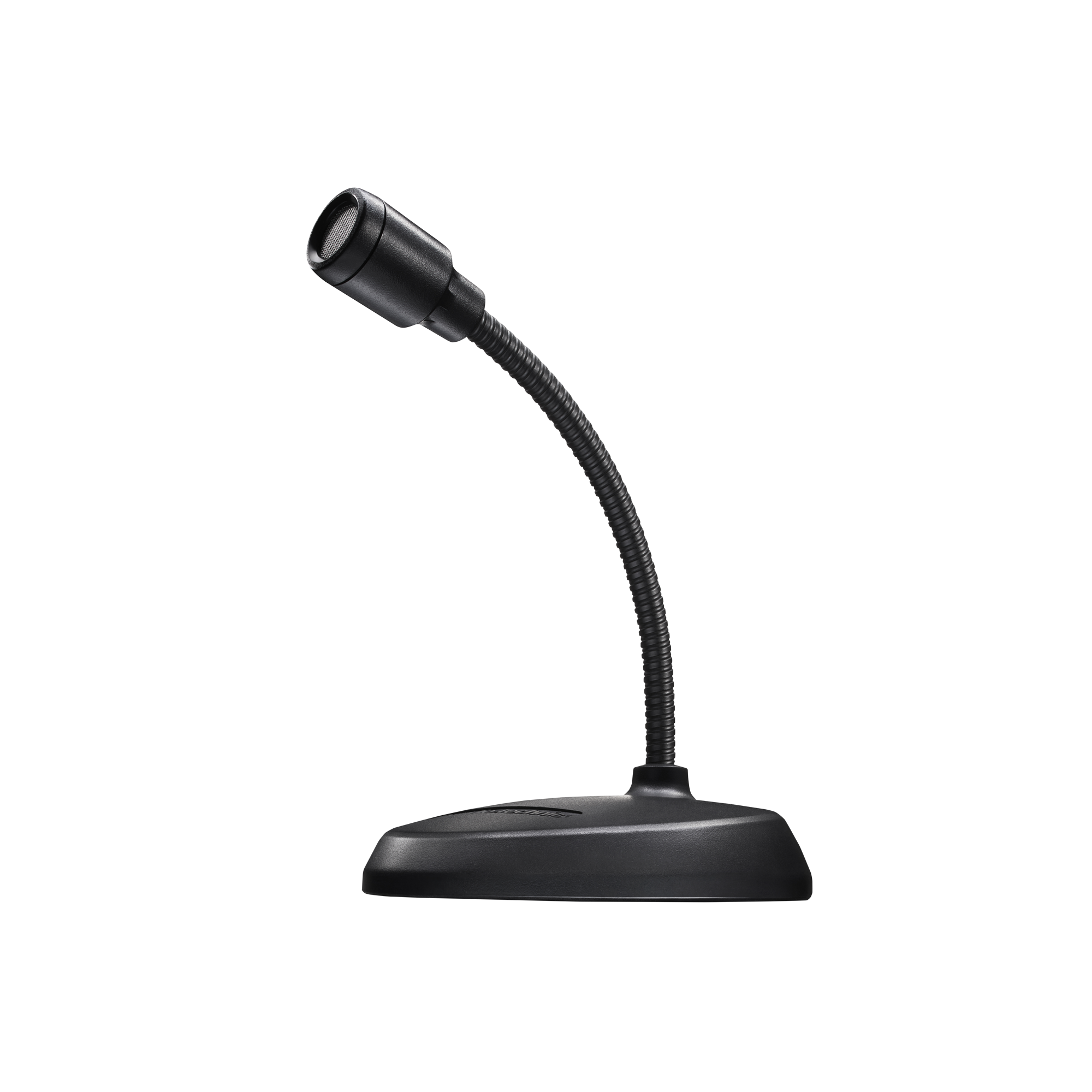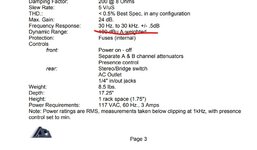Aaaagh my pet hate. Isotope is great for repair, although I know lots of people disagree. capture the very best sound you can get. Don’t record any noise. The results are vastly superior to trying to fix it from an inferior source.
it’s very difficult for newcomers to understand some things because we don’t have good words for audio explanations, and one person’s term might be very different in somebodies head. The frequency response thing is a good one. 20-20k is common for condensers, but my hearing is gone totally over 13k, and my 25 year old guitarist friend is now losing it at 12.5 and that scared him. Equally, the low b on my bass I can tune by ear, but other people can’t. They hear it, but not accurately enough. The tuners, with their $5 condenser capsule hear it fine!
we should also think about application. A dynamic up against the lips has cardioid proximity effect in bucket loads, so a rolled off bass end is a positive thing really. you don’t put an SDC condenser on your lips and sing, it sounds horrible. I don’t think it makes dynamics bad or condensers good, they’re different. Some, but not all SDCs, sound harsh, but that’s often because they’re used on the wrong sound sources. Large Diaphragm mics tend to be warmer, that’s dynamics and condensers, so you pick the right one for the job.years ago I only had two mics, an SM57 and a cheap SDC one or the other would do the trick.
I use quite a lot of expensive headset mics, DPA’s in the main. Musical theatre the use. All omnis. The audio is clean and you can eq it for practically every singer, the few who sound a bit odd might mean a countryman or Sennheiser. Gaming mics are totally different. They are designed for clear comms, NOT quality. People getting excited and yelling, or calm and quiet. That asks a lot, so you use band limited mics. In communications the transmit bandwidth is very narrow, so a mic with bass response is unimportant because wind noise is bass, and is filtered off at source. Top limit could be 6k or even lower to save bandwidth. They don’t test gaming products for music in either ability or quality terms.
we’ve said it before but it IS possible to get good sounding USB mics, with well designed and most critically, upgradable drivers. How many years before windows 12 comes out and the sub spec changes so your mic wont work? Four, five? A fifty year old mic with an XLR output can plug into the latest interface, and few people will want to stay for ever with just one mic. How about if you need to do an interview with two people? How about you need to record something in stereo, worst case is you need lots of mics? Buy a nice ordinary mic and plug in for now to a modest interface. This can be upgraded if your needs change. USB mics are one shot products. One mic. End of story. A few have got their macs working on multiple drivers but report problems with stereo due to timing. USB is just mono. Most of the manufacturers have one usb mic in their range, but they’re selling these to a new podcasting market, not to established users.
if you need noise reduction software, then the mic and usb combination is a toy, and not worthy of serious results. The isotope products are great but it would be cheaper to buy a decent mic and interface and have an upgrade path surely?

 audio-technica.com.au
It's a condenser microphone, just very small and directional.
audio-technica.com.au
It's a condenser microphone, just very small and directional.

